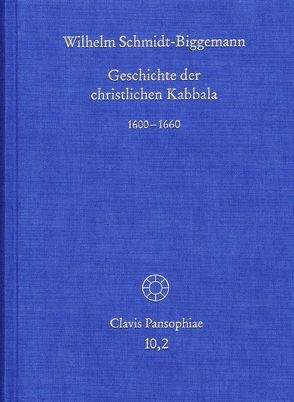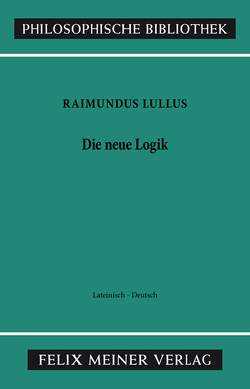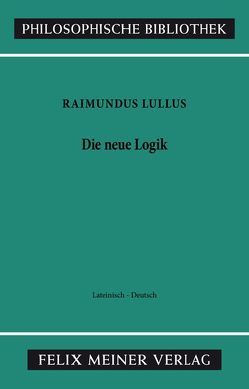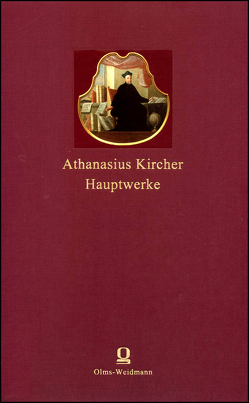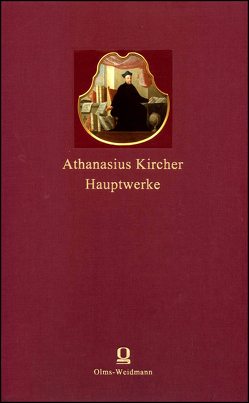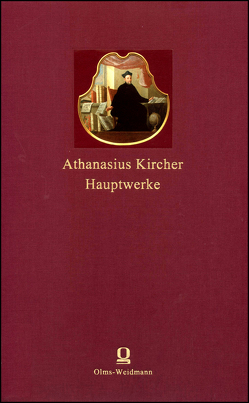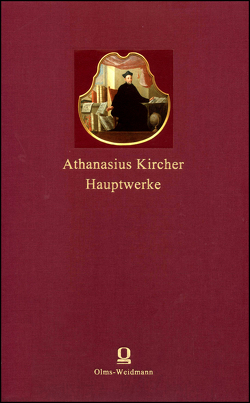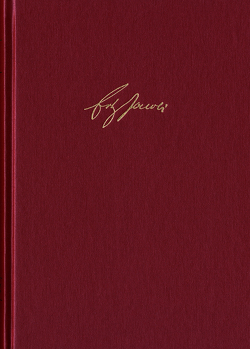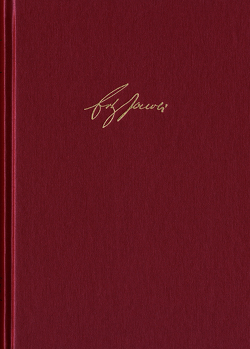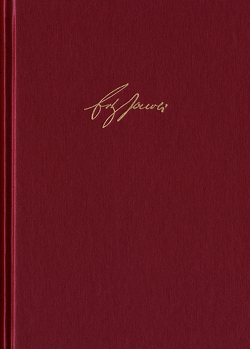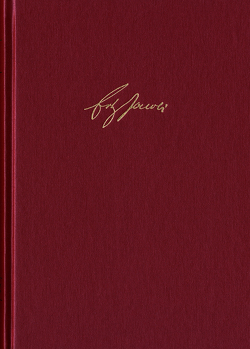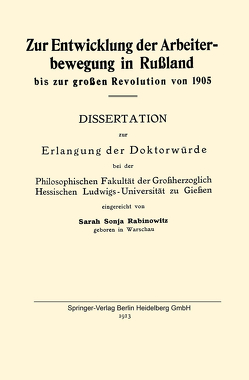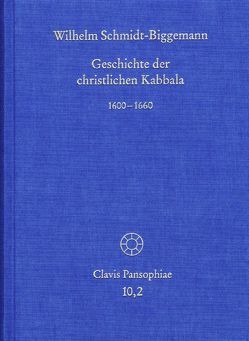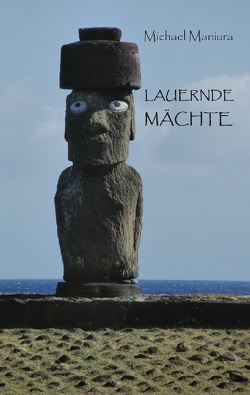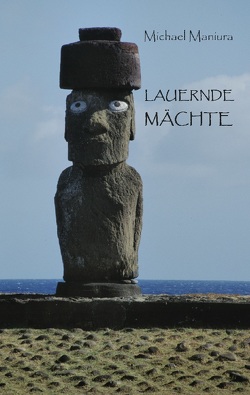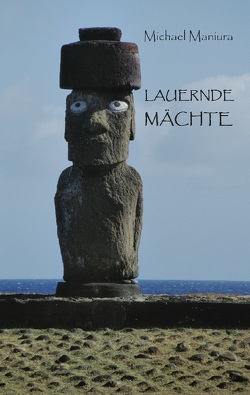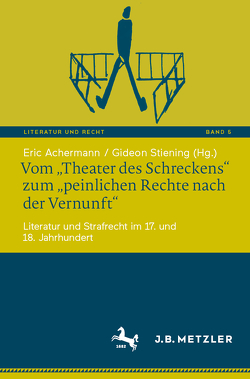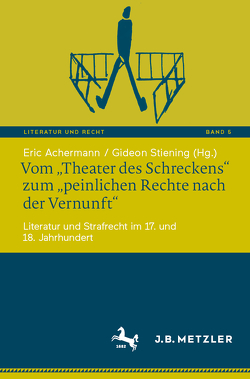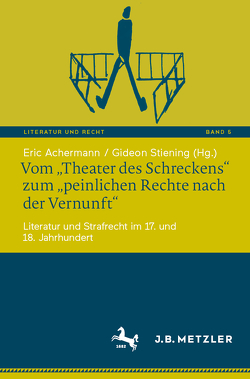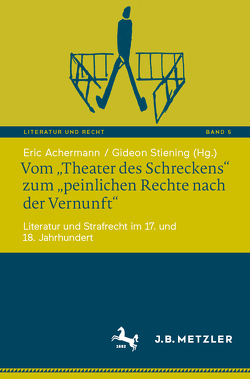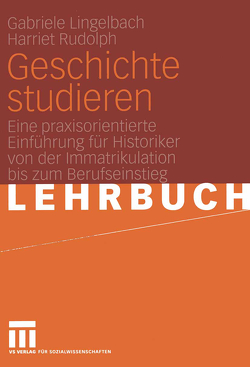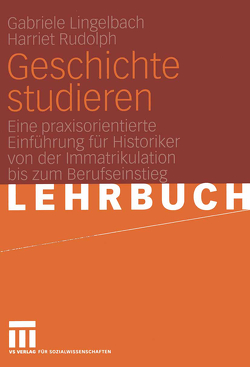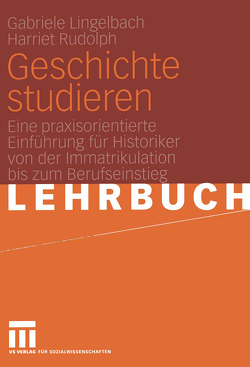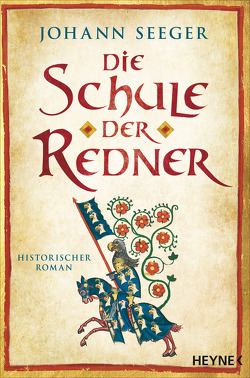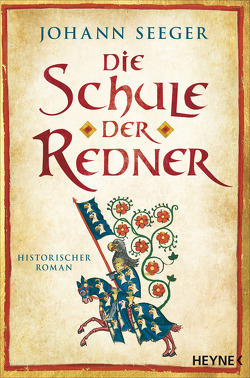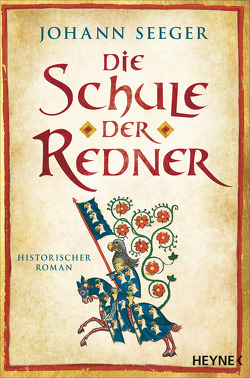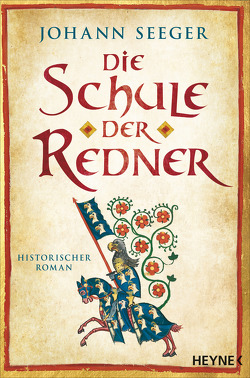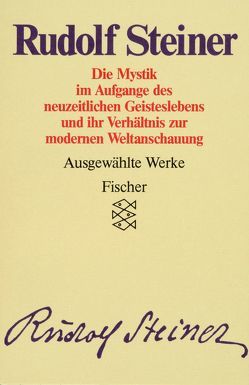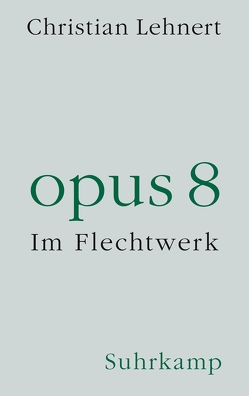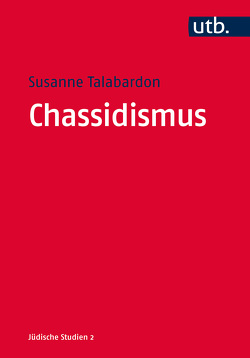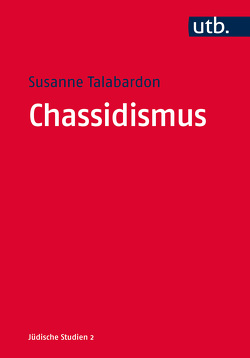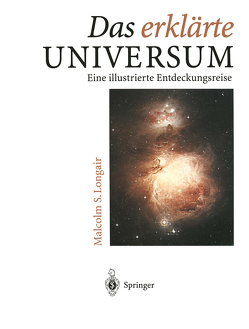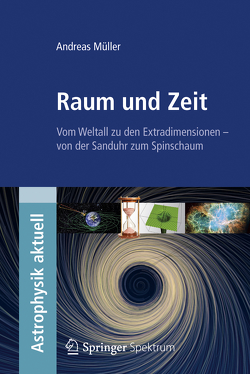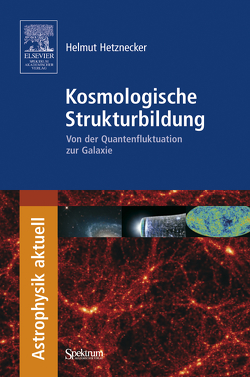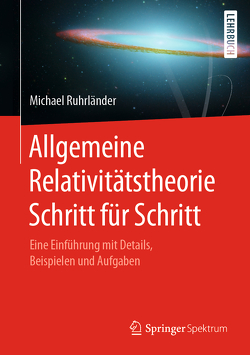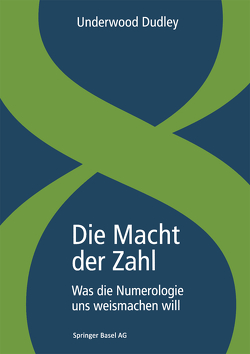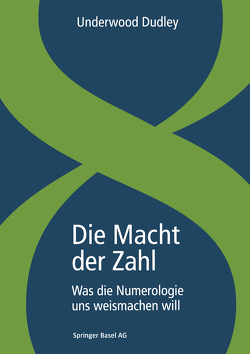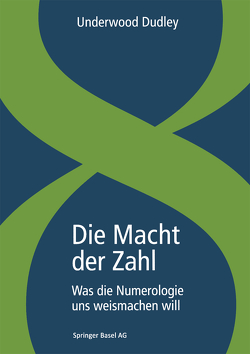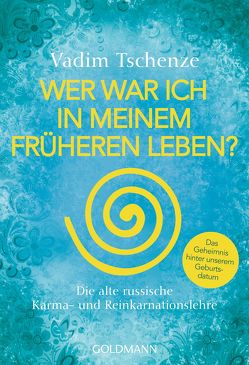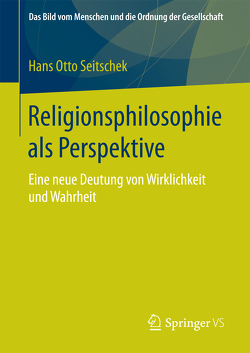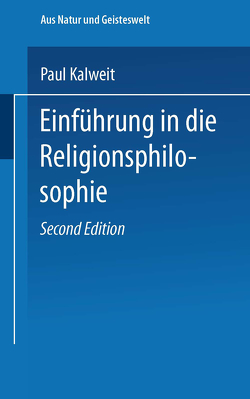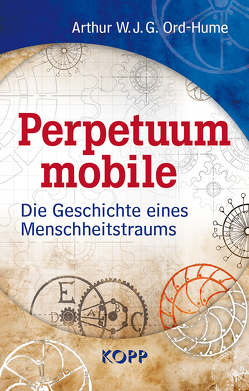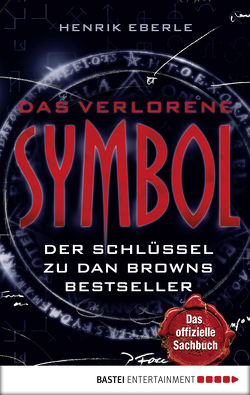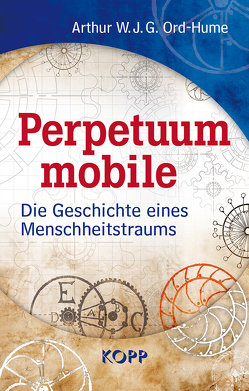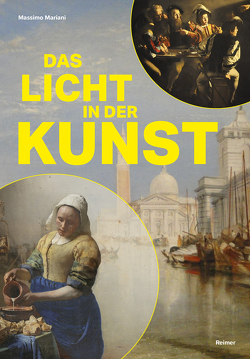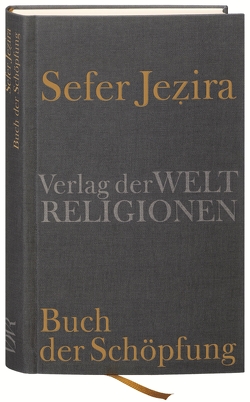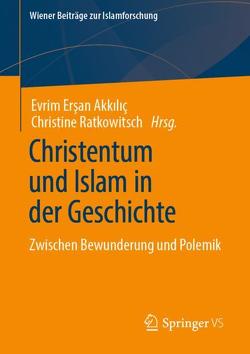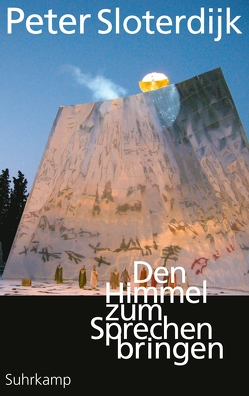Geschichte der christlichen Kabbala. Band 2
1600 bis 1660
Charles Lohr, Wilhelm Schmidt-Biggemann
Der zweite Band stellt die spekulative Blüte und die universalgeschichtliche Indienstnahme der kabbalistischen Hauptlehren dar. Zunächst wird die umstrittene Frage nach dem Verhältnis Jacob Böhmes zur Kabbala behandelt und mit Abraham von Franckenberg der wichtigste und selbständigste böhmistische Kabbalist vorgestellt. Auch die drei bedeutendsten spekulativen Enzyklopädien der Frühen Neuzeit haben eine kabbalistische Grundstruktur: Heinrich Khunraths alchemistisch-hermetischer Traktat ›Amphitheatrum Sapientiae Aeternae‹ (1595), Robert Fludds spiritualistisch-platonische Enzyklopädie ›Utriusque Cosmi Historia‹ (1617–1621) und das orientalistische Hauptwerk ›Oedipus Aegyptiacus‹ (1652–1654) des Jesuiten Athanasius Kircher. Der zweite große Themenbereich des Bandes behandelt die Entstehung und Wirkung der Edition, Übersetzung und Kommentierung des kabbalistischen ›Sefer Jezira‹ durch Stephan Rittangel (1642) und verdeutlicht, wie stark die christliche Kabbala in die politische Theologie des 17. Jahrhunderts integriert war.
The second volume presents the full bloom of Kabbalistic speculations and their appropriation for a universal history. To begin with, the study deals with the disputed issue on Jacob Böhme’s relationship to the Kabbalah and introduces Abraham von Franckenberg as the most important and independent Kabbalist following Böhme’s tradition. The three most influential speculative encyclopedias of the early modern era also feature a Kabbalistic basic structure. Heinrich Khunrath’s alchemical and hermetic treatise ›Amphitheatrum Sapientiae Aeternae‹ (1595), Robert Fludd’s spiritualistic and platonic encyclopedia ›Utriusque Cosmi Historia‹ (1617–1621) as well as the orientalist main work ›Oedipus Aegyptiacus‹ (1652–1654) by the Jesuit Athanasius Kircher. The second major subject area of this volume is concerned with the development and the impact of Stephan Rittangel’s (1642) edition, translation and commentary of the Kabbalistic ›Sefer Jezirah‹ and illustrates how strongly the Christian Kabbalah was integrated into the political theology of the 17th century.
